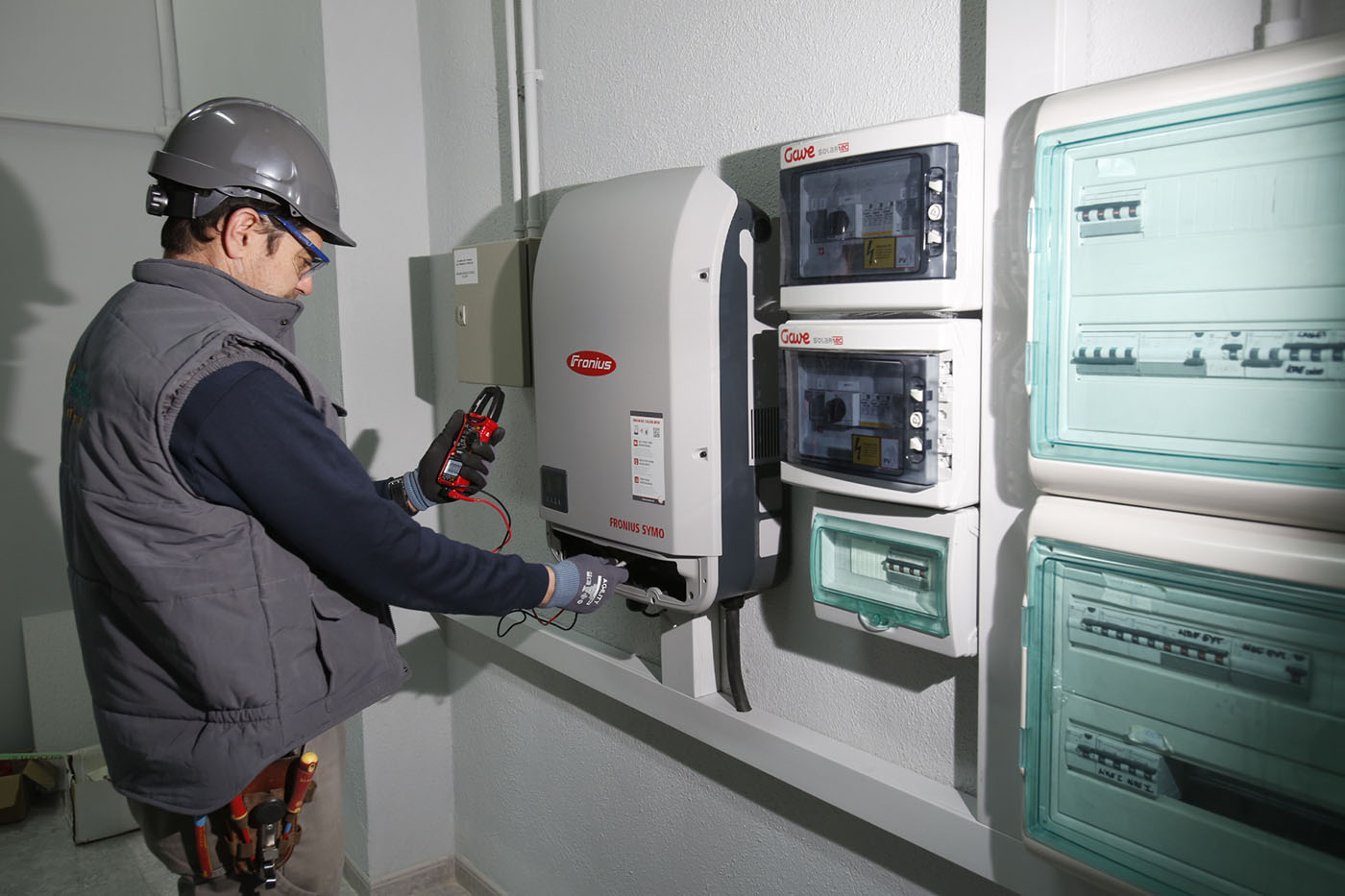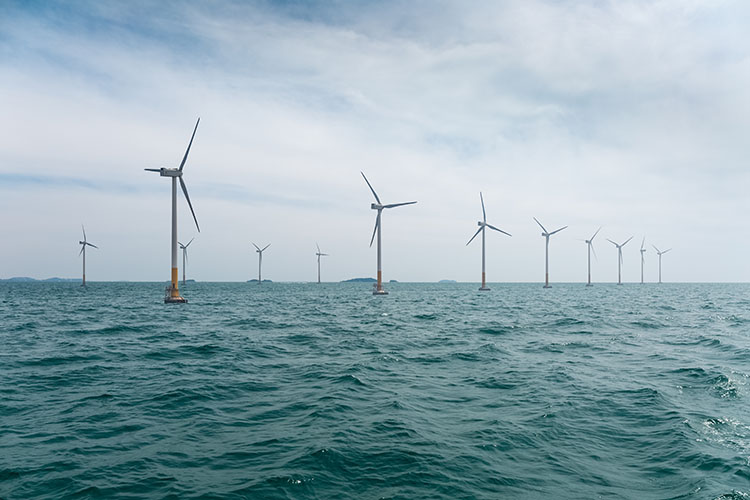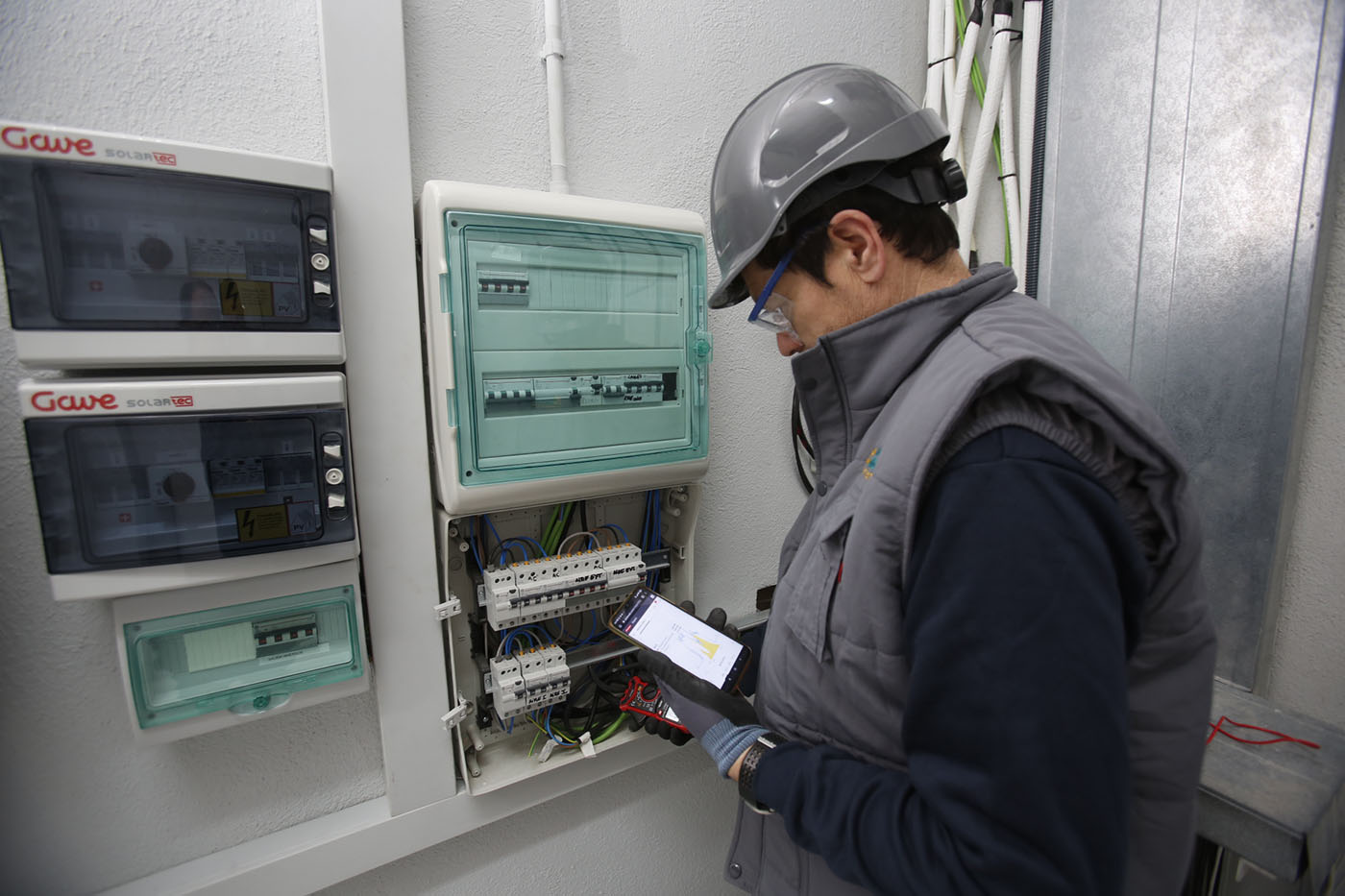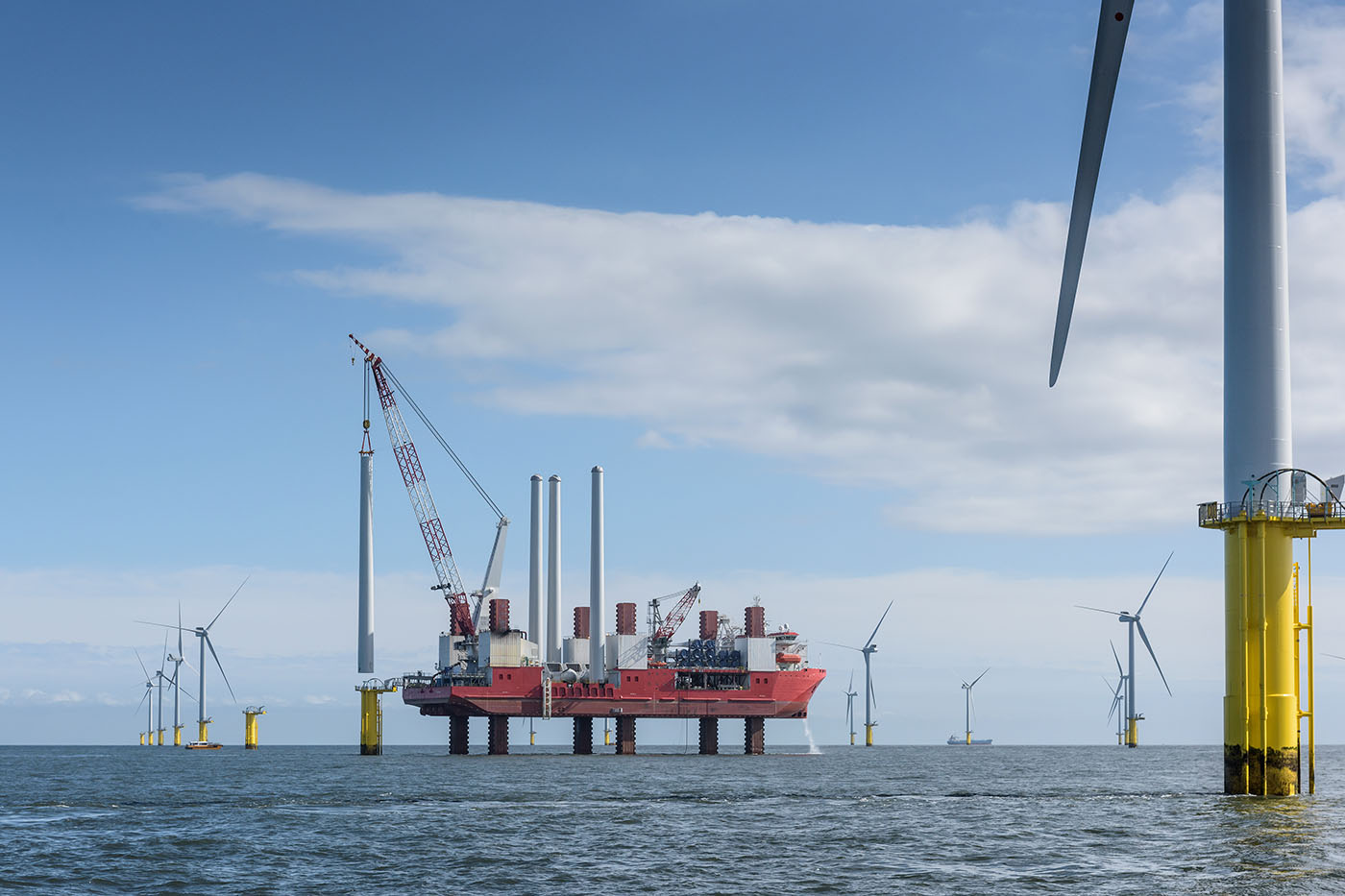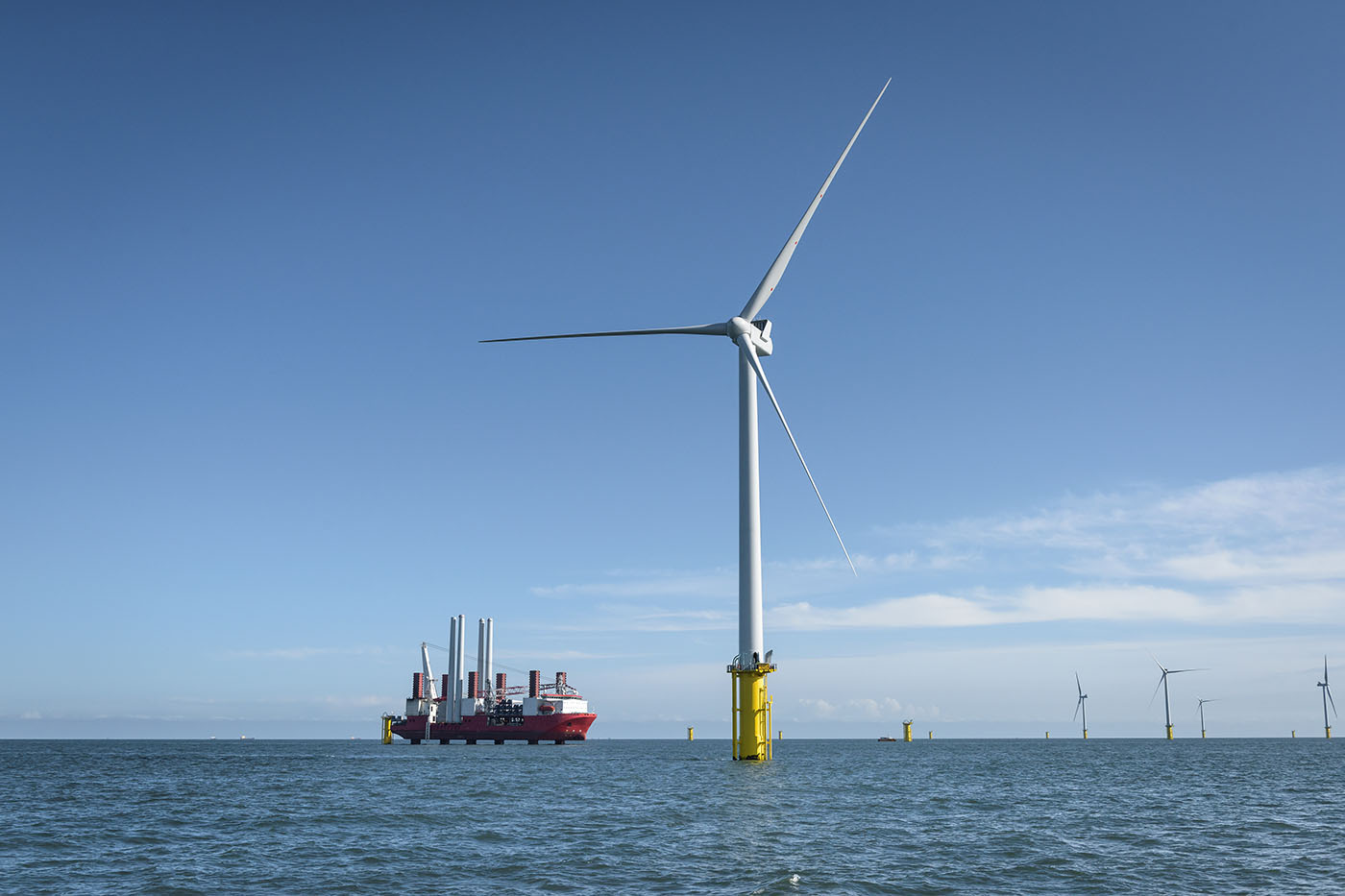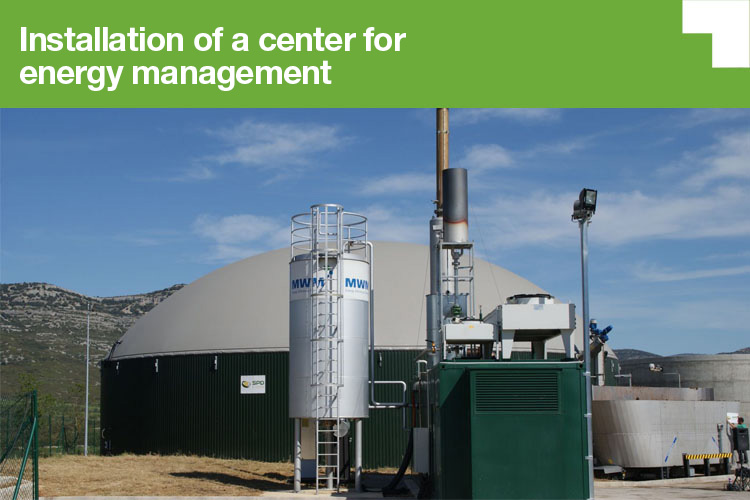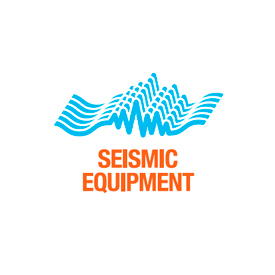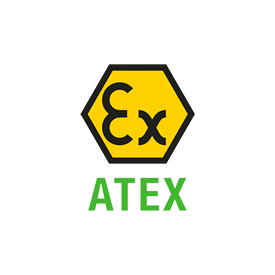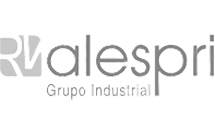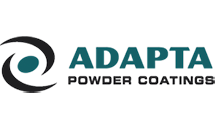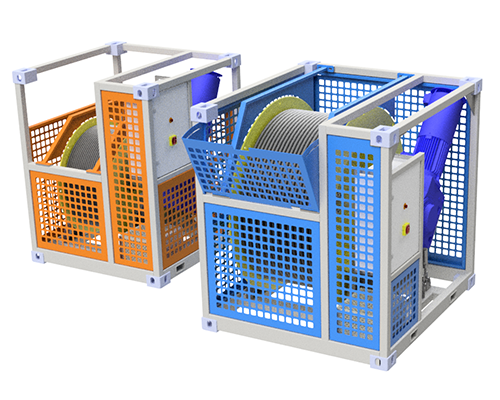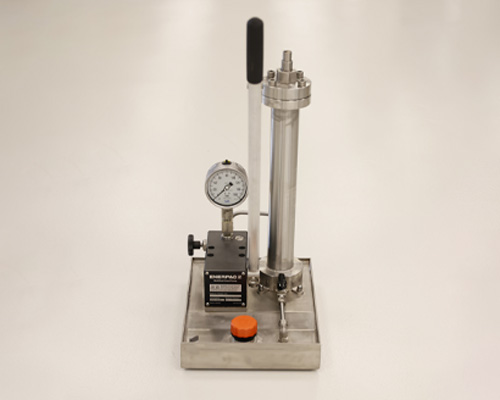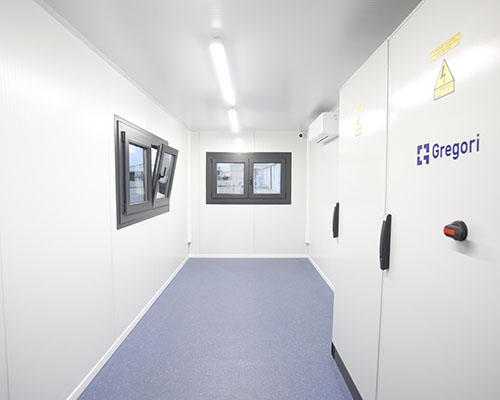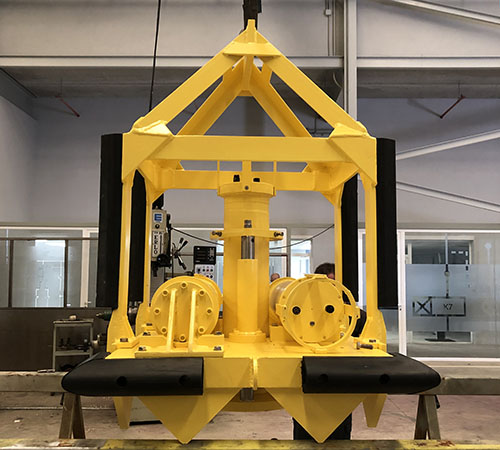Offshore windpower turbine (Offshore Windpower)
GREGORI designs and manufactures equipment for marine geotechnical engineering. The data obtained through these studies are used, amongst others, for the design of the foundations of the different offshore wind generation systems:
• Marine wind turbines with fixed foundation
• Offshore wind turbines on floating platforms
The potential of wind energy at the service of human activities has been known since ancient times, because this renewable resource has been used for generations. Nowadays, technology makes it possible to harness the offshore wind power to generate electricity in a renewable way. Thanks to all this, and because of the governing environmental policies, it is one of the renewable sources that will play a vital role in European and global energy in the future.
By 2030, offshore wind generation is estimated to supply 14% of electricity demand across the EU.
